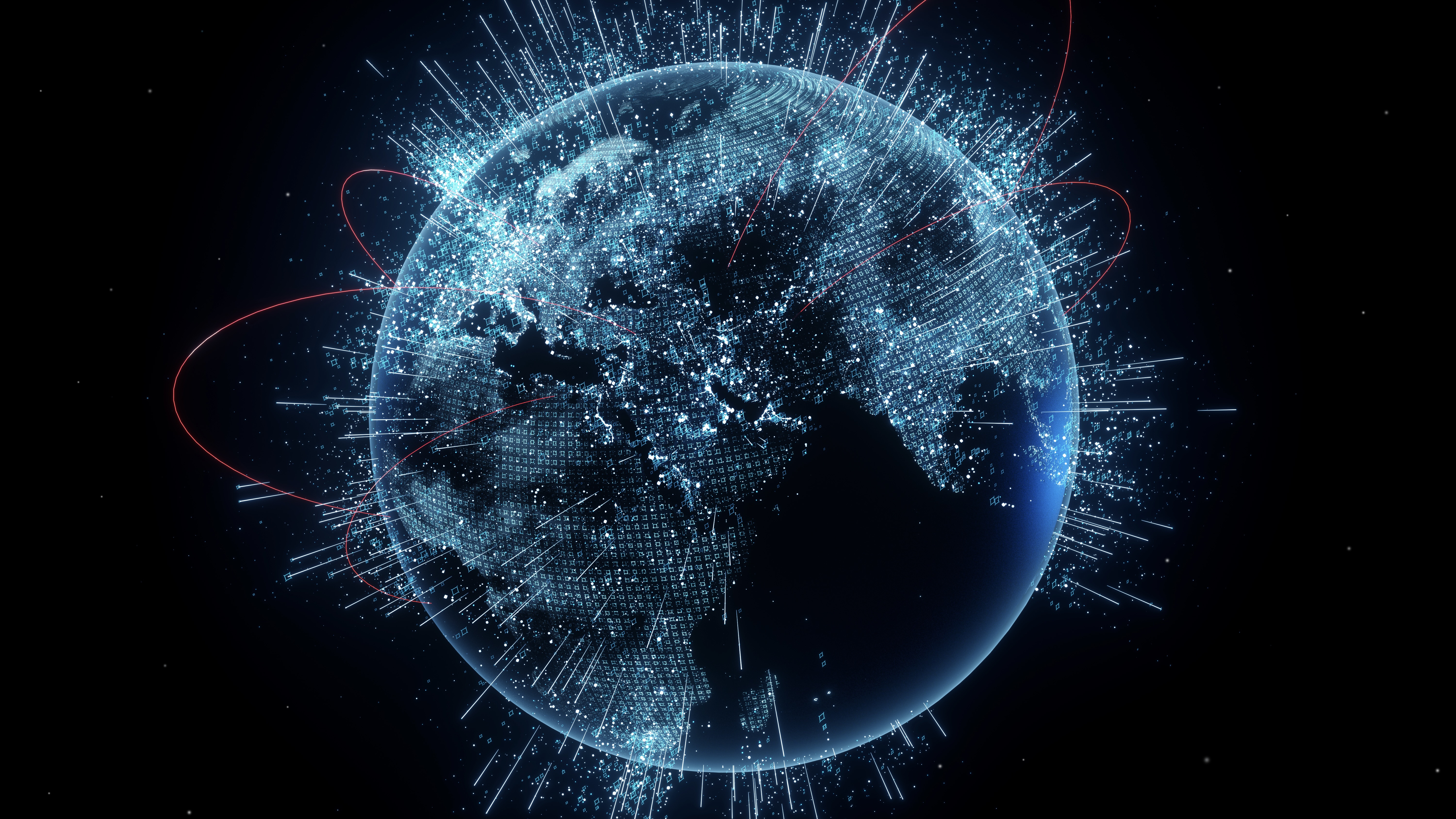Researchers in Japan say they have set a new world record for the fastest internet speed, transmitting over 125,000 gigabytes of data per second over 1,120 miles (1,802 kilometers).
That’s about 4 million times the average internet speed in the U.S. and would allow you to download the entire Internet Archive in less than four minutes, according to some rough estimates. This is also more than twice the previous world record of 50,250 Gbps, previously set by a different team of scientists in 2024.
To achieve this new speed — which has not been independently verified — the team developed a new form of optical fiber to send information at groundbreaking speeds over roughly the distance between New York and Florida.
Details about this achievement were presented April 3 at the 48th Optical Fiber Communication Conference in San Francisco, according to a statement from Japan’s National Institute of Information and Communications Technology.
1,120 miles of travel
The new type of optical fiber is equivalent to 19 standard optical fibers in its data transmission capacity. The new optical fiber is better suited to long-haul transmission than existing cables because the centers of all 19 fibers interact with light in the same way, so they encounter less light fluctuation, which results in less data loss.
The new cable squeezes 19 separate fibers into a diameter of five-thousandths of an inch (0.127 millimeters), which is the same thickness as most existing single-fiber cables already in use. This effort means the new cable can transmit more data using existing infrastructure.
Related: Internet history timeline: ARPANET to the World Wide Web
In March 2023, the same team reached similar transmission speeds but across less than a third of the distance covered in the new achievement. The biggest hurdles to increasing the range were further reducing data loss, which can happen over long distances, and figuring out how to amplify the data, according to the statement.
Solving these challenges led to increased signal strength, which allowed the data to travel a longer distance.
For this demonstration, the data ran through a transmission system 21 times, finally reaching a data receiver after traveling the equivalent of 1,120 miles.
This record shows technological progress toward developing long-distance, high-capacity, scalable optical communication systems, which could address the increasing global demand for data, the statement suggests.
Data traffic volume worldwide is expected to increase significantly in the near future, so new communications infrastructure may be necessary, the statement suggests. Next, the team hopes to explore practical applications in the telecommunications sphere.
